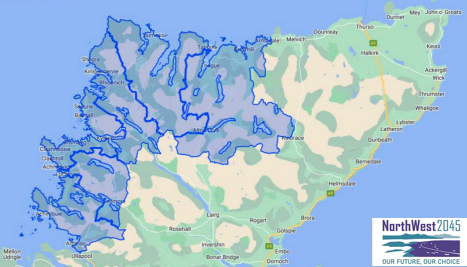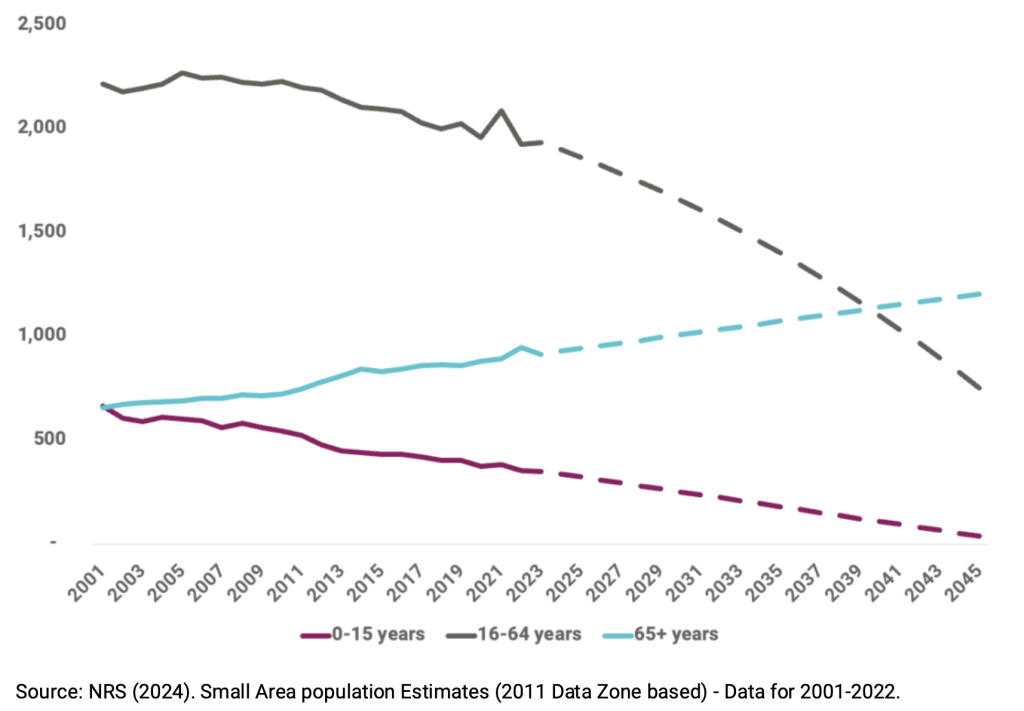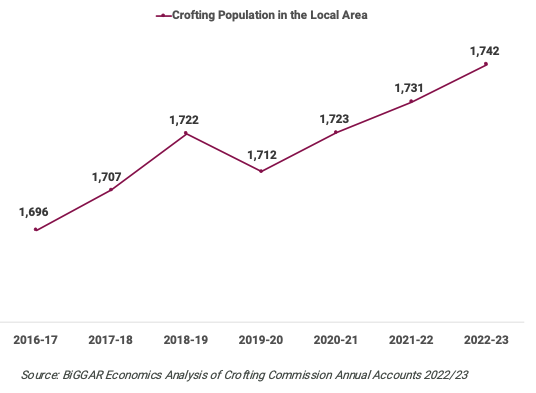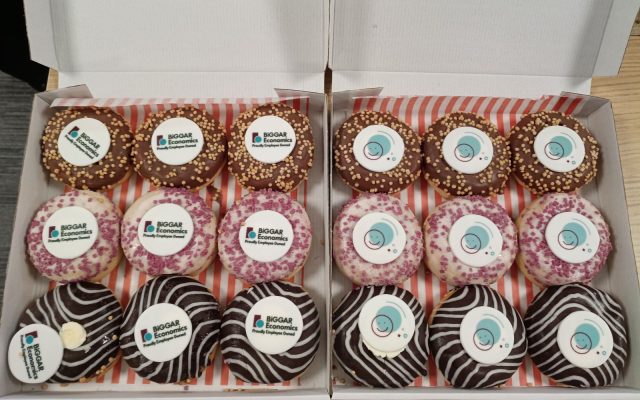
Posted 12.12.25
New Stadium to Boost Aberdeen Economy
Be it plans for a multi-sports community stadium in Aberdeen, a new home for Manchester United, or the...
1 minute read
BiGGAR Economics was commissioned by NorthWest2045 (NW2045) to develop a socio-economic profile for north west Scotland – identifying trends relating to population, communities, and the local economy. Opportunities and potential activities were then presented to address the issues identified.
NorthWest2045 was established in response to the critical issues facing communities in North West Sutherland and Coigach. It is a network open to those interested in working towards a sustainable, repopulated rural economy and resilient, thriving communities.

The far north west of Scotland’s mainland is a rural and sparsely populated region facing challenges such as depopulation and an ageing population. Over the past two decades, the number of young people (aged 0-15) has decreased by 47%, while the population of those aged 65 and over has increased by 45%. The economy is heavily reliant on sectors like tourism and agriculture which are characterised by lower wages and productivity. This makes the region’s economy fragile, more vulnerable to instability, and less resilient to economic shocks. These challenges are further reflected in higher levels of deprivation and fuel poverty.
Population by Age Group in the Local Area over Time – if past trends continue unchanged

Despite these issues, the region maintains a high standard of living and quality of life, with generally strong wellbeing among residents. This is potentially attractive to people from more urban areas looking for a change in lifestyle and for local people looking to return to the area. Within this context, our report identifies the scale of both new and existing opportunities and a range of potential activities and comparable models that could be used to address the socio-economic challenges.
North west Scotland is a region of stunning natural beauty, rich cultural heritage, and abundant outdoor opportunities. However, it has long struggled to retain and attract residents due to limited employment opportunities. As the global economy evolves with advances in digital technology and connectivity, new opportunities are emerging to attract talent and revitalise communities.
With only 41% of the local area having access to superfast broadband (at least 30Mb/s download speed), a significantly smaller proportion than across Highland (77%) and Scotland as a whole (93%), coordinated action is needed to improve broadband connectivity across the region to ensure remote working can become a realistic option for all residents.
Crofting is a familiar part of the local economy and supports a pluralistic livelihood that is particularly well adapted to fragile rural economies. If the number of crofts in the local area has changed at the same rate as those across Highland, this would imply that the crofting population has increased by approximately 3% since 2016 which is in stark contrast to the total population of the area, which fell by 4% over the same period. The contrast between these trends provides a powerful illustration of the important role crofting is playing in retaining population.

In 2024, the west mainland was the most popular region for those seeking a croft (for those who registered with the Scottish Land Matching Service). Many are looking for a lifestyle change, particularly among the younger generation who are increasingly looking for ways to establish a more independent and environmentally responsible way of life. As crofters have a duty to be ordinarily resident on their croft, this could provide an anchor to improve the population profile. Repopulating vacant crofts or creating new crofts would need to be targeted at attracting young new entrants if it is to have any real impact.
The area has internationally recognised natural capital assets, notably in high-value peatland and heathland habitats with significant carbon stores. NW2045’s aspiration is to create community wealth from harnessing the area’s abundant natural capital. This lends itself to evolving markets in ecosystems services or high integrity private investment in natural capital.
The development of onshore wind presents one of the most promising opportunities in the region. Existing projects in the area are already generating nearly £0.9 million/year in community benefit funding for local communities. Additionally, nearby projects currently in development could contribute a further £4.8 million. With effective stewardship, this funding could be used to leverage additional resources to attract additional investment and amplify its impact.
Our report provides examples of models elsewhere in the Highlands that could be used by NW2045 to develop apprenticeship schemes, community-led housing development, social care initiatives and tourism facilities.
To find out more visit https://www.northwest2045.scot/
Posted 22.07.25
Our latest news

Posted 12.12.25
New Stadium to Boost Aberdeen Economy
Be it plans for a multi-sports community stadium in Aberdeen, a new home for Manchester United, or the...
1 minute read

Posted 24.11.25
BiGGAR Economics becomes employee-owned
We are delighted to announce that BiGGAR Economics has become an employee-owned company. The shares in BiGGAR Economics...
1 minute read